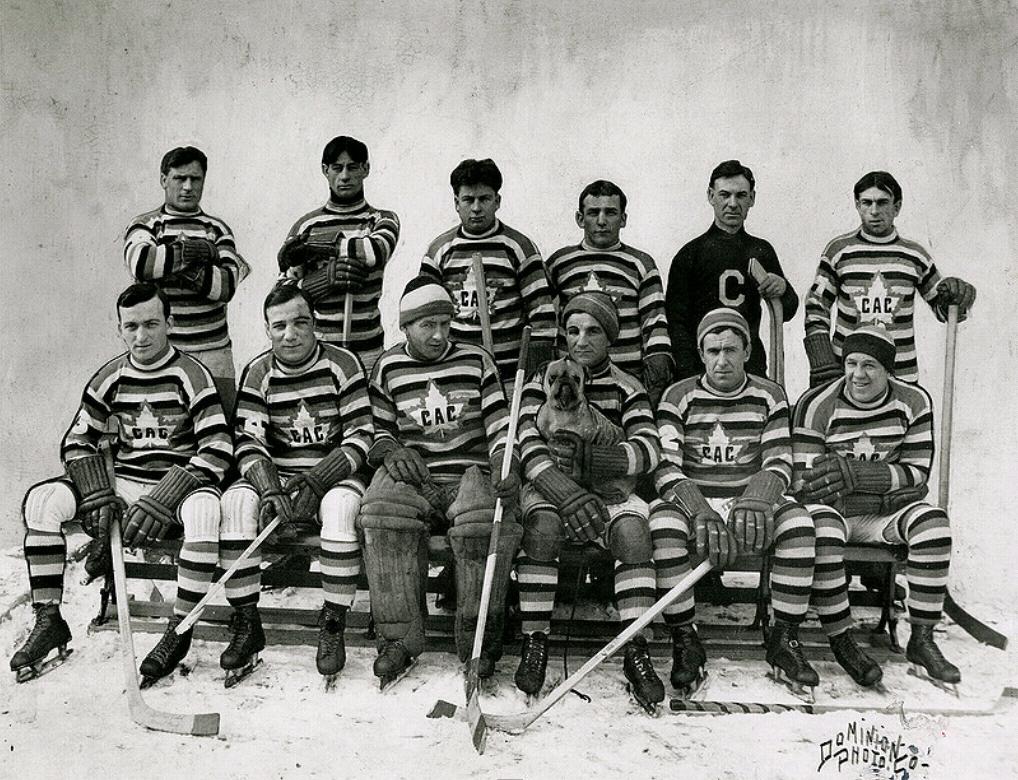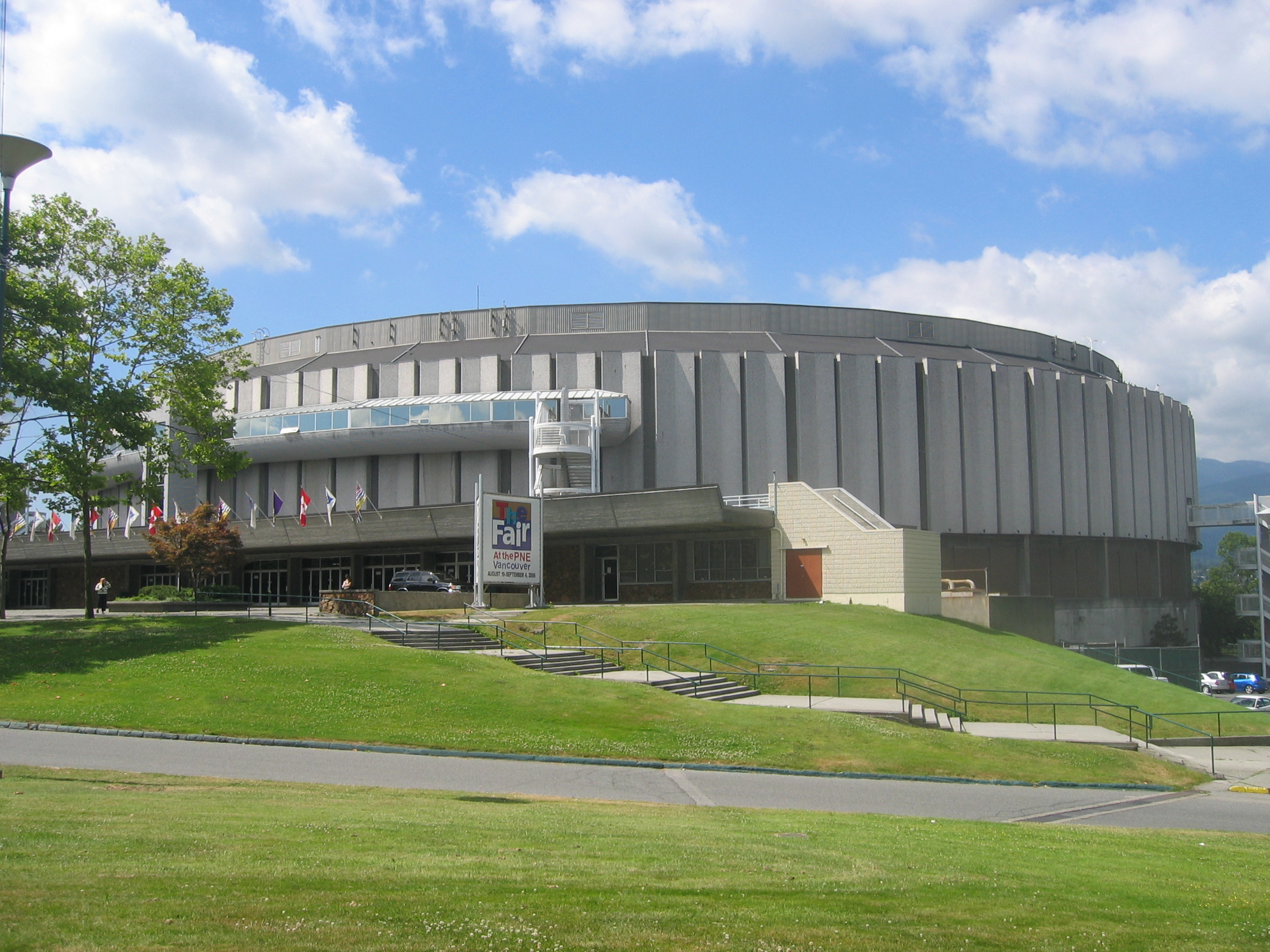|
Events Of National Historic Significance
The Events of National Historic Significance, also called National Historic Events (), are events that have been designated by Canada's government, on the advice of the national Historic Sites and Monuments Board to the Minister of Environment and Climate Change, as being defining actions, episodes, movements or experiences in Canadian history. To be designated, an event must have occurred at least forty (40) years previous; events that continue into the more recent past are evaluated on the basis of what occurred at least 40 years ago. As of June 2023, there are 500 National Historic Events that are already recorded. Related federal designations exist for National Historic Sites and National Historic Persons. Events, Sites, and Persons are each typically marked by a federal plaque, but the markers do not indicate which designation a subject has been given. The Welland Canal is an Event, while the Rideau Canal is a Site. The cairn and plaque to John Macdonell does not refer ... [...More Info...] [...Related Items...] OR: [Wikipedia] [Google] [Baidu] |
North American Fur Trade
The North American fur trade is the (typically) historical Fur trade, commercial trade of furs and other goods in North America, beginning in the eastern provinces of French Canada and the northeastern Thirteen Colonies, American colonies (soon-to-be northeastern United States). The trade was initiated mainly through French, Dutch and English settlers and explorers in collaboration with various Indigenous peoples of the Americas, First Nations tribes of the region, such as the Huron tribe, Wyandot-Huron and the Iroquois; ultimately, the fur trade's financial and cultural benefits would see the operation quickly expanding coast-to-coast and into more of the continental United States and Alaska. Competition in the trade especially for the European market, led to various wars among indigenous peoples aided by various European colonial allies. Europeans began their participation in the North American fur trade from the initial period of their European colonization of the Americas, c ... [...More Info...] [...Related Items...] OR: [Wikipedia] [Google] [Baidu] |
Battle Of Sainte-Foy
The Battle of Sainte-Foy () sometimes called the Battle of Quebec (), was fought on April 28, 1760, near the British-held town of Quebec in the French province of Canada during the Seven Years' War (called the French and Indian War in the United States). It was a victory for the French under the Chevalier de Lévis over the British army under General Murray. The battle was notably bloodier than the Battle of the Plains of Abraham of the previous September, with 833 French casualties to 1,124 British casualties. At first the British had some success, but the advance masked their artillery, while the infantry became bogged down in the mud and melting snowdrifts of the late spring. The battle turned into a two-hour fight at close range; eventually, as more French soldiers joined the fray, the French turned the British flanks, forcing Murray to realize his mistake and to recall the British back to Quebec without their guns, which Lévis then turned on the city. Background New Fran ... [...More Info...] [...Related Items...] OR: [Wikipedia] [Google] [Baidu] |
Plessisville, Quebec
Plessisville () is a county seat of L'Érable Regional County Municipality, Quebec, Canada. Routes 116 and 165 go through it. The city is 185 km from Montreal and 95 km from Quebec City. The city has hosted an annual Maple festival since 1958, and the ''Institut québécois de l'érable'' (Quebec Maple Institute) is headquartered there. The production of maple syrup and maple products is a major industry in the entire area, even giving the regional county municipality its name (''érable'' is French for "maple"). The first person to permanently settle in the area was Jean-Baptiste Lafond, in 1835. First incorporated as the village of Somerset, the settlement was officially incorporated as the village of Plessisville in 1855 in honour of Monseigneur Octave Plessis, bishop of Quebec at the time. In 2024, the city and the parish merged to form the current city. History Plessisville was officially established on January 1, 2024, following the merger of the former c ... [...More Info...] [...Related Items...] OR: [Wikipedia] [Google] [Baidu] |
Hoggs Hollow Disaster
The Hogg's Hollow disaster was a construction accident that occurred on March 17, 1960 in Toronto, Ontario, Canada. The incident resulted in the deaths of five Italian immigrant workers who were constructing a water main tunnel beneath the Don River in the Hogg's Hollow neighbourhood. The workers, known as "sandhogs", were trapped underground when a fire broke out in the tunnel, leading to a series of catastrophic events including flooding and cave-ins. The disaster exposed the hazardous working conditions faced by many immigrant labourers in the construction industry and became a catalyst for significant reforms in Ontario's labour laws and safety regulations. The victims were all recent immigrants from Italy, reflecting the wave of Italian immigration to Canada in the post-World War II era. Their deaths sparked public outrage and led to increased scrutiny of workplace safety practices, particularly in the construction sector. The tragedy prompted a coroner's inquest, a roya ... [...More Info...] [...Related Items...] OR: [Wikipedia] [Google] [Baidu] |
Canadian Arctic
Northern Canada (), colloquially the North or the Territories, is the vast northernmost region of Canada, variously defined by geography and politics. Politically, the term refers to the three territories of Canada: Yukon, Northwest Territories and Nunavut. This area covers about 48 per cent of Canada's total land area, but has less than 0.5 per cent of Canada's population. The terms "northern Canada" or "the North" may be used in contrast with ''the far north'', which may refer to the Canadian Arctic, the portion of Canada that lies north of the Arctic Circle, east of Alaska and west of Greenland. However, in many other uses the two areas are treated as a single unit. Capitals The capital cities of the three northern territories, from west to east, are: * Yukon - Whitehorse * Northwest Territories - Yellowknife * Nunavut - Iqaluit Definitions Subdivisions As a social rather than political region, the Canadian North is often subdivided into two distinct regions based on c ... [...More Info...] [...Related Items...] OR: [Wikipedia] [Google] [Baidu] |
Thule People
The Thule ( , ) or proto-Inuit were the ancestors of all modern Inuit. They developed in coastal Alaska by 1000 AD and expanded eastward across northern Canada, reaching Greenland by the 13th century. In the process, they replaced people of the earlier Dorset culture who had previously inhabited the region. The appellation " Thule" originates from the location of Thule (relocated and renamed Qaanaaq in 1953) in northwest Greenland, facing Canada, where the archaeological remains of the people were first found at Comer's Midden. Evidence supports the idea that the Thule (and, to a lesser degree, the Dorset) were in contact with the Vikings, who had reached the shores of Canada in the 11th century as part of the Norse colonization of North America. In Viking sources, these peoples are called the '' Skrælingjar''. Some Thule migrated southward, in the "Second Expansion" or "Second Phase". By the 13th or 14th century, the Thule had occupied an area inhabited until then by the D ... [...More Info...] [...Related Items...] OR: [Wikipedia] [Google] [Baidu] |
Canadian Federation Of University Women
The Canadian Federation of University Women (CFUW) (Canadian French, French: ''Fédération canadienne des femmes diplômées des universités [FCFDU]'') (formerly called University Women’s Club) is a non-partisan, voluntary, self-funded organization with over 6,600 members and 94 Clubs, located in every province across Canada. Founded in 1919, CFUW works to improve the status of women by promoting public education, human rights, social justice, and peace. Every year, CFUW Clubs award over $1 million in scholarships to girls and women pursuing post-secondary studies. Clubs also provide lifelong learning opportunities and fellowship to its members, with hundreds of lecture series, book clubs, and interest groups. Members are involved in community-based activities and advocacy on a wide range of issues, including gender-based violence, early learning and child care, the environment, and women's health. CFUW was “born out of the struggle by 19 and early 20th century women to gain ... [...More Info...] [...Related Items...] OR: [Wikipedia] [Google] [Baidu] |
Immigration To Canada
According to the 2021 Canadian census, immigrants in Canada number 8.3 million persons and make up approximately 23 percent of Canada's total population. This represents the eighth-largest Immigration, immigrant population in the world, while the proportion represents one of the highest ratios for Industrialized world, industrialized Western world, Western countries. Following Canada's Canadian Confederation, confederation in 1867, immigration played an integral role in helping develop vast tracts of land.Cheatham, Amelia. 2020 August 3.What Is Canada's Immigration Policy?" ''Council on Foreign Relations''. During this era, the Canadian Government would sponsor information campaigns and recruiters to encourage settlement in Rural Canada, rural areas; however, this would primarily be only towards those of European Canadians, European and religious Christian Canadian, Christian backgrounds, while others – "Buddhism in Canada, Buddhist, Shinto, Sikhism in Canada, Sikh, Islam ... [...More Info...] [...Related Items...] OR: [Wikipedia] [Google] [Baidu] |
Summit Series
The Summit Series, Super Series 72, Canada–USSR Series (), or Series of the Century (), was an eight-game ice hockey series between the Soviet Union and Canada, held in September 1972. It was the first competition between the Soviet national team and a Canadian team represented by professional players of the National Hockey League (NHL), known as ''Team Canada''. It was the first international ice hockey competition for Canada after they had withdrawn from such competitions in a dispute with the International Ice Hockey Federation (IIHF). The series was organized with the intention to create a true best-against-best competition in the sport of ice hockey. The Soviets had become the dominant team in international competitions, in which the Canadian professionals were ineligible to play. Canada had had a long history of dominance of the sport prior to the Soviets' rise. The first four games of the series were held in Canada and the final four in Moscow. The Soviet Union surpr ... [...More Info...] [...Related Items...] OR: [Wikipedia] [Google] [Baidu] |
Kangiqsualujjuaq
Kangiqsualujjuaq ( ; ; ) is an Inuit village located at the mouth of the George River on the east coast of Ungava Bay in Nunavik, Quebec, Canada. Its population was 956 as of the Canada 2021 Census, 2021 census. The settlement's original name, Fort Severight, honoured John SiveJohn Severight, a North West Company man who had headed Fort Coulonge during McLean's time there. After its re-establishment, it was variously known from its location as Fort George, George's River, George River, George River Post, and Fort George River. It was also sometimes known as (French language, French for "Port New Quebec"). The name "Kangiqsualujjuaq" () is Inuktitut for "the very large bay". It is also sometimes spelled "Kangirsualujjuaq" (). History John McLean (explorer), John McLean established Fort Severight for the Hudson's Bay Company in 1838. It was a bit south of the present-day town, at (now marked as ''Illutaliviniq'' on topographic maps). It served as a salmon and Pinniped, sea ... [...More Info...] [...Related Items...] OR: [Wikipedia] [Google] [Baidu] |






